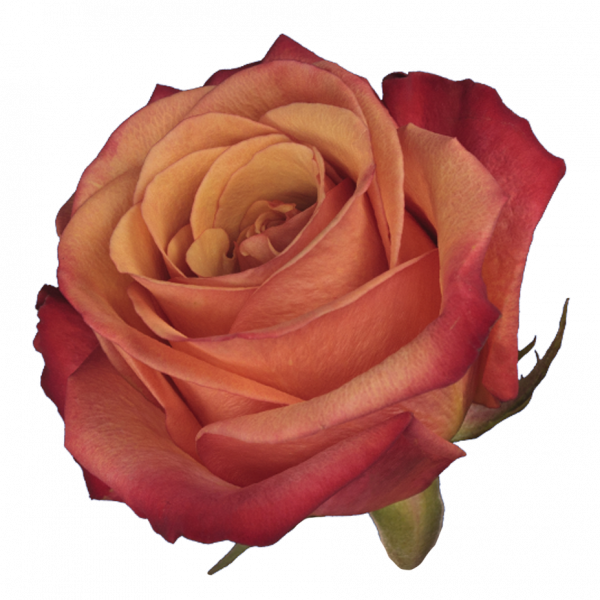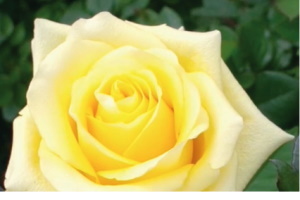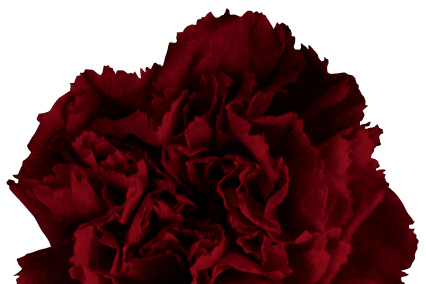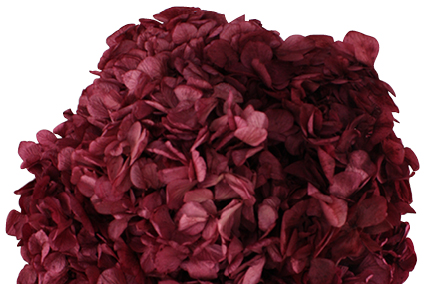Giotto®
CC BY 4.0
license model by Creative Commons (CC)
We let others use our work; they must give us credit by naming us as the owner and providing a link to us. If others want to use our work without giving us credit, they must get our permission first.
In case that other parties are stored as member connected to this license in the picture upload process, they will be holding the rights of licensor as described above.
> > > mehr lesen
GIOTTO® ist mehrfarbig: Die Innenseite der Blütenblätter zeigt ein sanftes Zimt-Gelb, die Außenseiten zeigen ein Toffee-Orange, das trotz seines Pastellcharakters durchaus farbintensiv ist. Zu den Außenseiten der Blüte hin wird die Pigmentierung dunkler und erscheint an der Spitze und den Deckblättern als Rostrot. Dieser bräunliche Ton ziert die Kanten der Blütenblätter zuweilen als feine Linie oder geht in die Spitze der Innenseiten über. GIOTTO® erscheint im geschlossenen Zustand wesentlich kleiner als in der vollentwickelten Blüte, die sich gut öffnet und dabei beachtlich groß wird. Die geschwungenen Ränder vollenden die ungewöhnliche Farbe und deren Verteilung. GIOTTO® ist immer eine gute Wahl.
Headsize:
The catehgories based on expert estimations. A variete of factors have aninfluence on the head size: the cut point, plant management, climate conditions, altitude of the plantation.
Stem length:
The stem length depends on the genes of the variety. Head size and stem length should harmonize. Long varieties usually have big blossoms and are more expensive.
Fragrance:
It is a common expectation that a rose should have a fragrance. A fragrance may last only a few days or a few houers, it may be faint or persistently strong and fill a room.
Habitus:
Roses that open from a single centre in a circular movement are classified as elegant. Some roses show a double or quadruple heart; these are classified as gardenlike.











